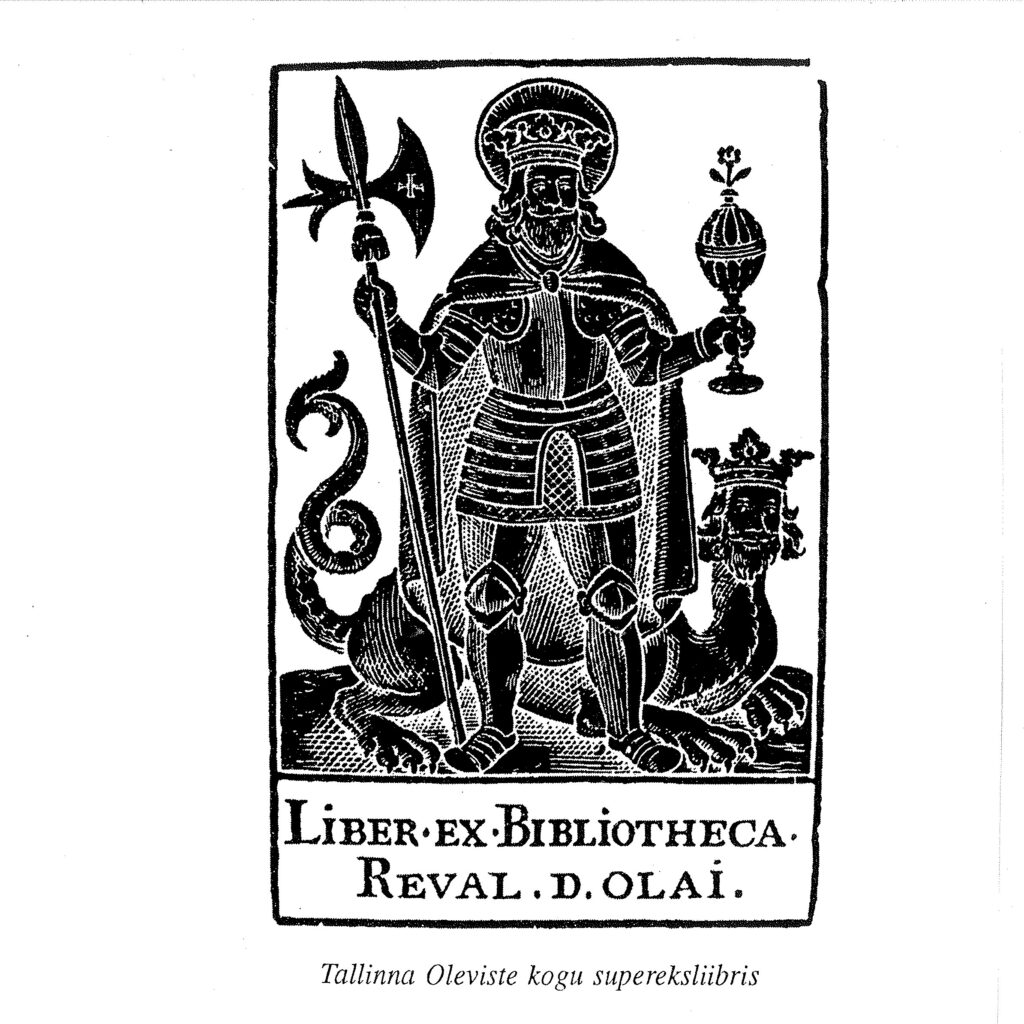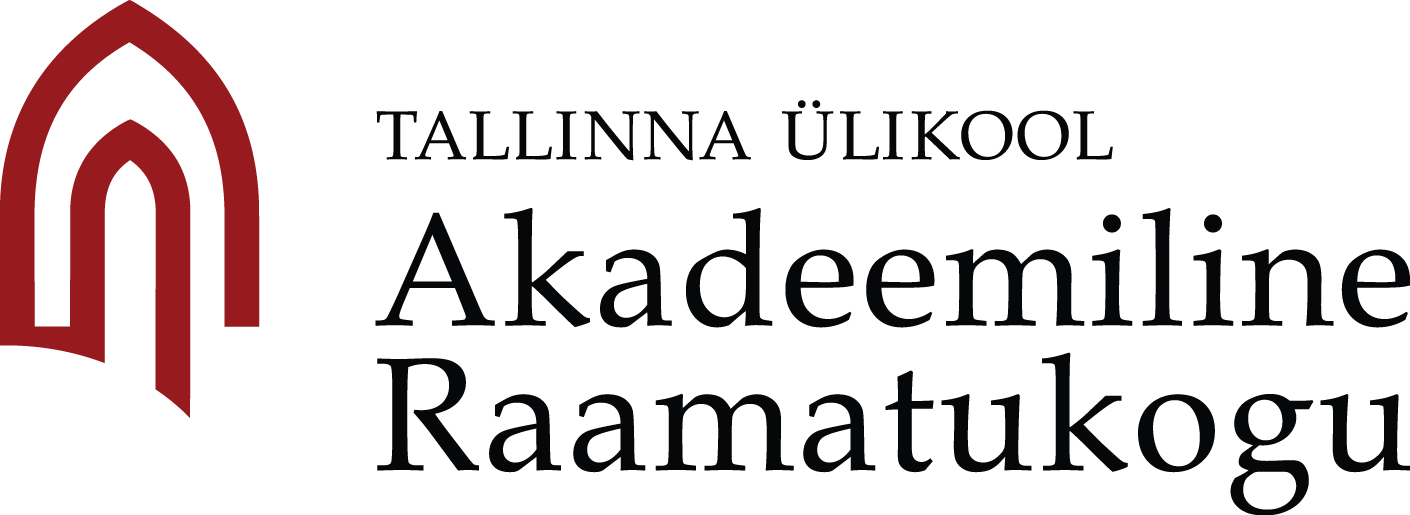Starting from October 21st, in the spirit of the Year of Librarianship, the Academic Library of Tallinn University is hosting a selection exhibition of old books that have been preserved in its collections from the oldest public library in Estonia, the library of St. Olaf’s Church in Tallinn. A 17th-century source refers to the year 1552: “… from the Tallinn (St. Olaf’s – editor) library since 1552 and now still preserved in St. Olaf’s Church…” The source is an inventory list created retrospectively in 1658 when the library of St. Nicholas’ Church was merged with that of St. Olaf’s. The role of the two church libraries was the same, to be a scientific library built in the spirit of Martin Luther’s recommendations for the scholars of that time. Although the backbone of both merged libraries remained literature of religious content, the list shows that with the crests of their time, medicine, geography, law, history, agriculture, political science, musicology, poetry, and modern philosophy were also represented, as well as scholasticism and alchemy with a more medieval problem setting.
The exhibition answers the question of what local scholars in the province of Estonia, which came under Swedish rule during the Livonian War, were reading, and what the academic atmosphere in Northern Estonia was like before the founding of the University of Tartu in 1632. It turns out that the war between Sweden, Russia, and Poland did not excessively harm the book culture in Estonia, at least in Northern Estonia and for more Protestant literature. The pastors of St. Olaf’s and St. Nicholas’ Churches, who had studied in Western Europe, arrived in office with personal libraries, and the St. Olaf’s library expanded mainly with their donations and legacies. Tallinn’s capitulation without a battle in the Great Northern War spared the library from major destruction, and as a result, this exhibition has had to make difficult choices, as there are significantly more materials available than can fit in the display case.

Rather, it was the modernizing times that proved fatal for the library of St. Olaf’s Church. Already in the 18th century, it became clear that the donations from pastors and others could not keep up with the advancing academic research. The reopening of the University of Tartu in 1802 overshadowed the scientific libraries of the churches for good. The independence of the St. Olaf’s Church library ended as it began. Born and gained momentum from the incorporation of the Tallinn library and the St. Nicholas’ library in the 16th and 17th centuries, it was itself merged in 1831 with the General Public Library of Estonia. This was followed by further transfers and dispersals to other libraries until 1968, when the St. Olaf’s Church library found its place in the Baltic section of the Central Library of the Academy of Sciences of the Estonian SSR (now the Academic Library of Tallinn University).
The exhibition will be open until December 18th. The exhibition is displayed in the reading room on the third floor, the Baltic reading room, and the museum room. For more information about curator tours: Kaja Tiisel kaja.tiisel@tlulib.ee, Johannes Saar johannes.saar@tlulib.ee
